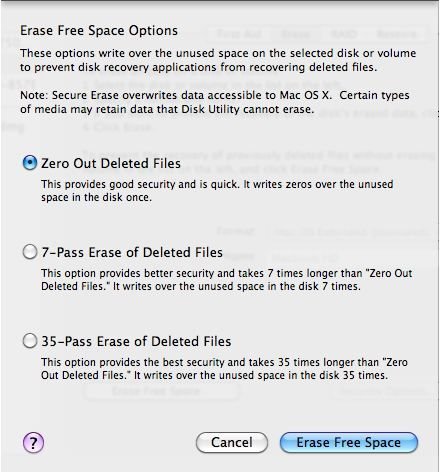
Some applications will come with language packs. Resource usage is also worth considering. And not just because of how much drive space they are taking. If you were to look at the information on the Activity Monitor, you might find that there are multiple apps you can replace or remove. Macbook applications can be reinstalled whenever you want, so there should not be any problems deleting ones that you have not used for some time. Idea #2 – Get Rid of Useless Applications Automatically removing caches, old backups, app extensions, and plugins will reduce the time you would spend creating backups and deleting everything manually. Thankfully, you have the option of getting yourself a cleanup utility tool and letting it do all the work. These junk files accumulate all the time, so removing them manually might prove too much eventually. On top of that, the system will have less stuff to process and can dedicate its resources to other matters. Temporary junk data might not seem like the biggest issue at hand, but you will still notice a difference after cleaning the system and getting rid of these files. Therefore, you need to create a proper maintenance strategy, and here are some ideas to help you with that.


Leaving only a few gigabytes of free space will significantly reduce the overall performance.

And if you do not pay attention, it will not take too long before you have next to no storage space on the hard drive. The whole issue becomes even more problematic for people who are not that familiar with Macbooks or have switched from another computer. Those few gigabytes that you have will disappear in no time if you are not careful. Macbooks are pretty notorious when it comes to what storage space you have available.


 0 kommentar(er)
0 kommentar(er)
